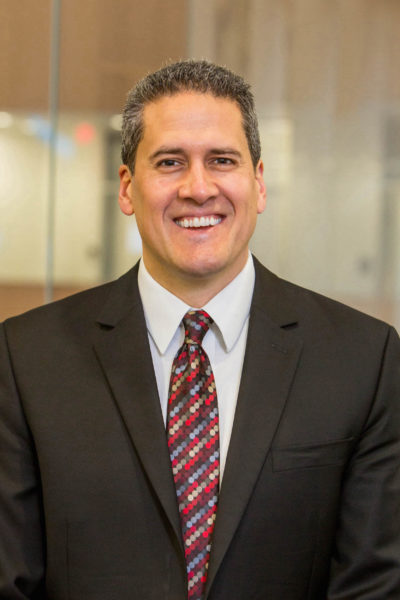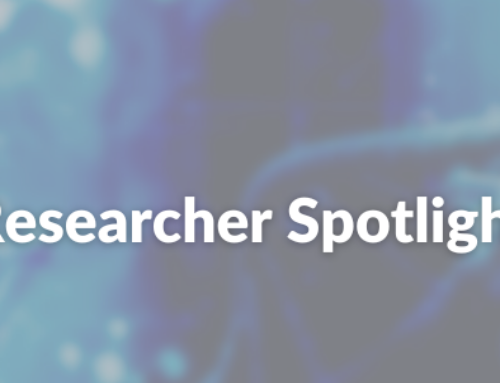 What is your name, title and institutional affiliation?
What is your name, title and institutional affiliation?
David A. Largaespada, Ph.D., Professor, Masonic Cancer Center, University of Minnesota
What is your role, i.e., what do you do?
I am the Associate Director for Basic Science at the Masonic Cancer Center.
Please share your favorite discovery from your NF research. What makes this particular discovery rise to the top?
My lab recently showed that human Schwann cells are very sensitive to transformation by the Hippo/Yap pathway (Velez-Reyes et al., 2021). What I think is key here is that this occurs in human malignant peripheral nerve sheath tumors (MPNSTs) by loss of certain tumor suppressor genes we identified as key regulators using a Sleeping Beauty transposon based genetic screen in mice. These include the NF2, GDI2, and TAOK1 genes. In a subset of MPNST cases TAOK1 is co-deleted with NF1 and SUZ12, as it is genetically linked to these genes.
In your mind, why is data sharing/open science important? How has this practice improved your research?
Open science, and excellent resources for data sharing, are critical to truly leveraging all the high dimensional data we generate in today’s biomedical research labs. We can now use results from other projects, especially human tumor genomics data, over and over again to better interpret data we generate in our model system of disease.
Where do you see NF research going in the next five years?
I think we will see strong and diverse efforts to improve tumor treatment for benign and malignant tumors associated with NF1. Projects will build off the success of MEK inhibitors for benign tumors to make headway versus malignant disease. But also, new treatment modalities for NF1 associated tumors will be tried, such as immunotherapy, oncolytic viruses and vaccines. New model systems will begin to have an impact by better predicting clinical trials also.



